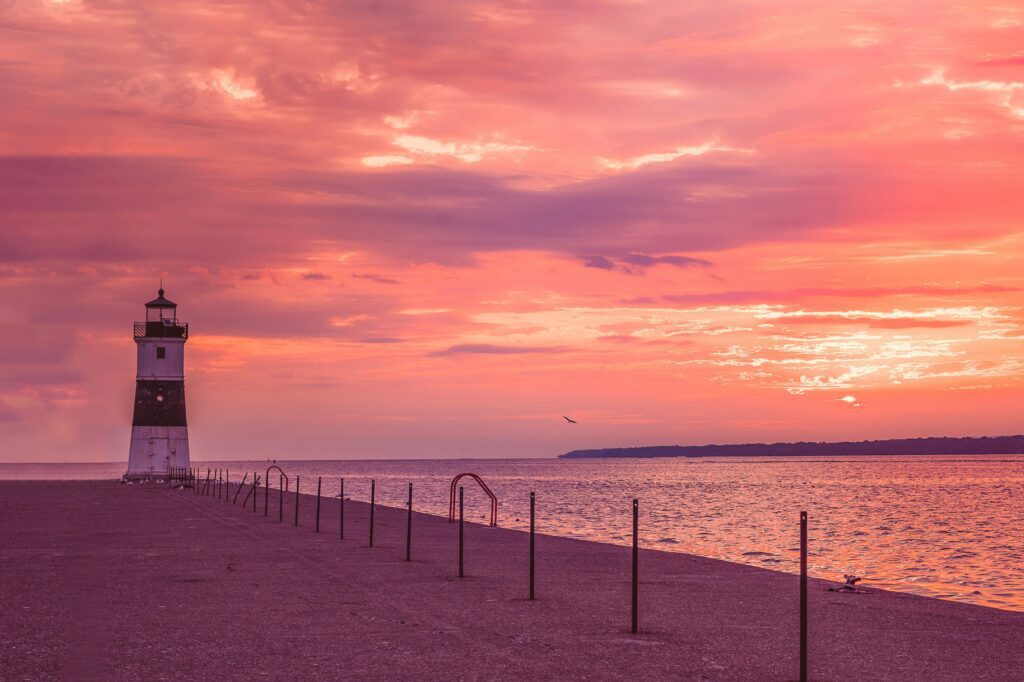Statement by Ashley Wallis, Associate Director, on the NOAA’s “moderate to larger-than-moderate” Lake Erie HAB (Harmful Algal Bloom) forecast 2024
Toronto | Traditional territories of the Mississaugas of the Credit, the Anishinaabeg, the Haudenosaunee, and the Wendat – The U.S. National Oceanic and Atmospheric Administration’s (NOAA) annual Lake Erie harmful algal bloom (HAB) forecast shows not enough is being done to save the lake.
Algal blooms happen when algae grows out of control. Sometimes algae produce toxins, making the water unsafe to touch, drink, or be near. Other times, the blooms steal oxygen from the water and cause fish to die. Nutrient pollution – excessive amounts of phosphorus and nitrogen – causes algal blooms, so keeping nutrients out of the water is crucial to saving Lake Erie.
Agriculture continues to be one of the largest sources of nutrient pollution into the lake. Rain and snowmelt flush fertilizers and manure off of farmland and into waterways where they fertilize algae instead of crops. While some farmers have participated in voluntary programs or made changes to the way they use their land to keep nutrients on their land and out of the water, the adoption rate of these best practices rarely hits 50 per cent.
We need governments to recognize the critical role farmers play in maintaining healthy ecosystems and waters, and fund independent crop advisors and cost-share programs that help farmers pay for better equipment, conservation and naturalization projects. Farmers shouldn’t have to choose between their livelihood, or the health of the lake.
We also need updated nutrient management laws that ensure the right fertilizer is applied at the right rate, the right time, and in the right place, and that hold growing industrial agricultural sectors, like greenhouses, to account.
Lake Erie is set to experience another nasty, toxic algal bloom this summer – nearly a decade after Ontario, Ohio and Michigan agreed to take action to stop these blooms from becoming an annual occurrence. These governments committed to reducing nutrient pollution entering the western basin of Lake Erie by 40 per cent by 2025 – that’s next year. Yet, every summer the algae comes back, and there is no reason to think things are going to get better, unless governments step-up to modernize laws and invest in freshwater health.
Background Information:
- NOAA and its research partners are forecasting a moderate to larger-than-moderate harmful algal bloom (HAB) in western Lake Erie this summer.
- In 2014, algal blooms shut down the water supply for half a million people in Toledo, Ohio, and impacted well water for the residents in Pelee Island, Ontario.
- The 2015 Lake Erie algal bloom was the largest ever recorded.
- The Canada-Ontario Lake Erie Action Plan was announced in 2018, but there hasn’t been a progress update since 2019.
- A 2019 study found that HABs will result in annual costs of CAD $272 million in 2015 prices over a 30-year period if we do nothing and continue with business as usual.
– 30 –
For more information or to request an interview, please contact:
Karishma Porwal, Environmental Defence, media@environmentaldefence.ca







